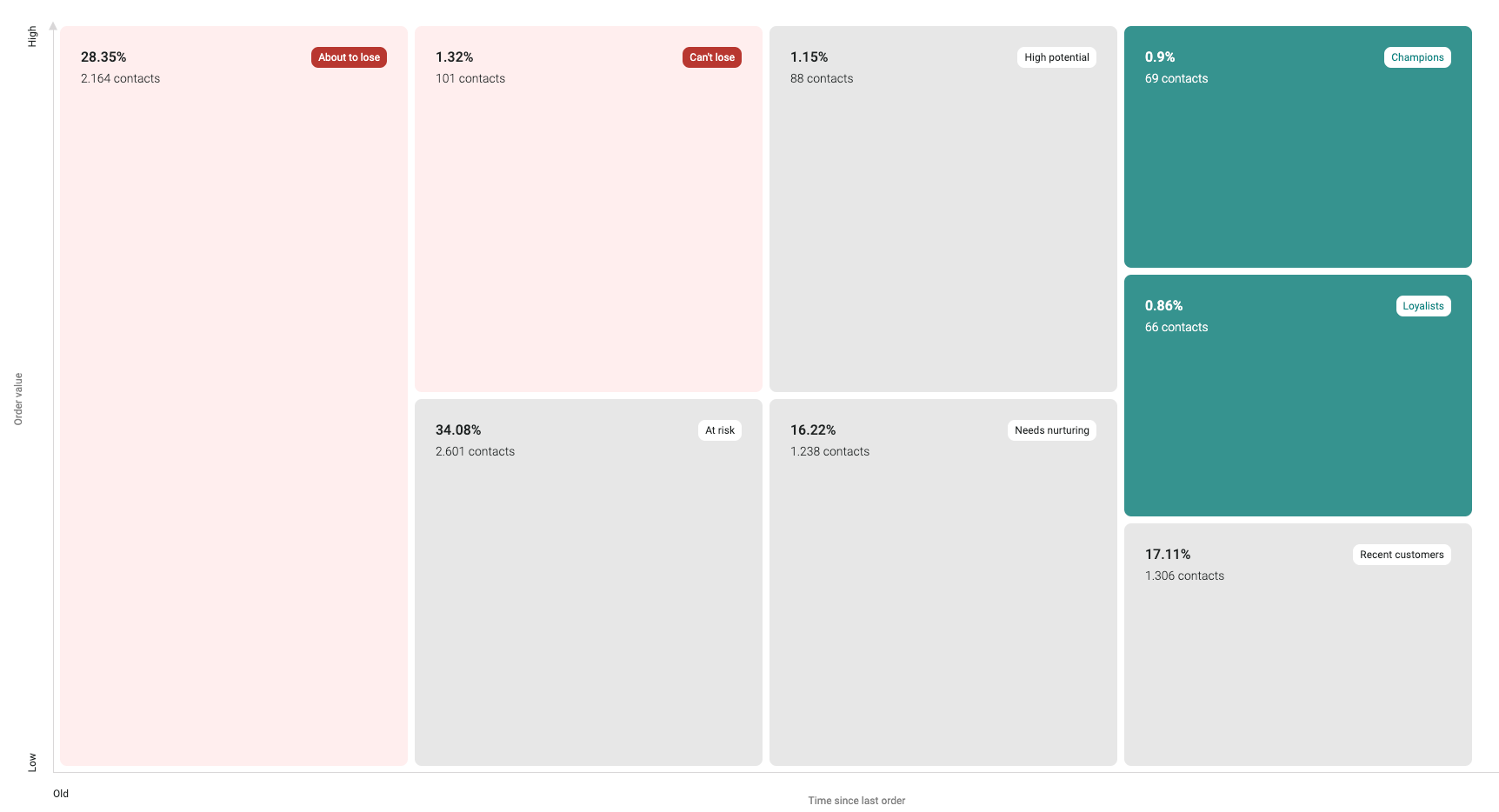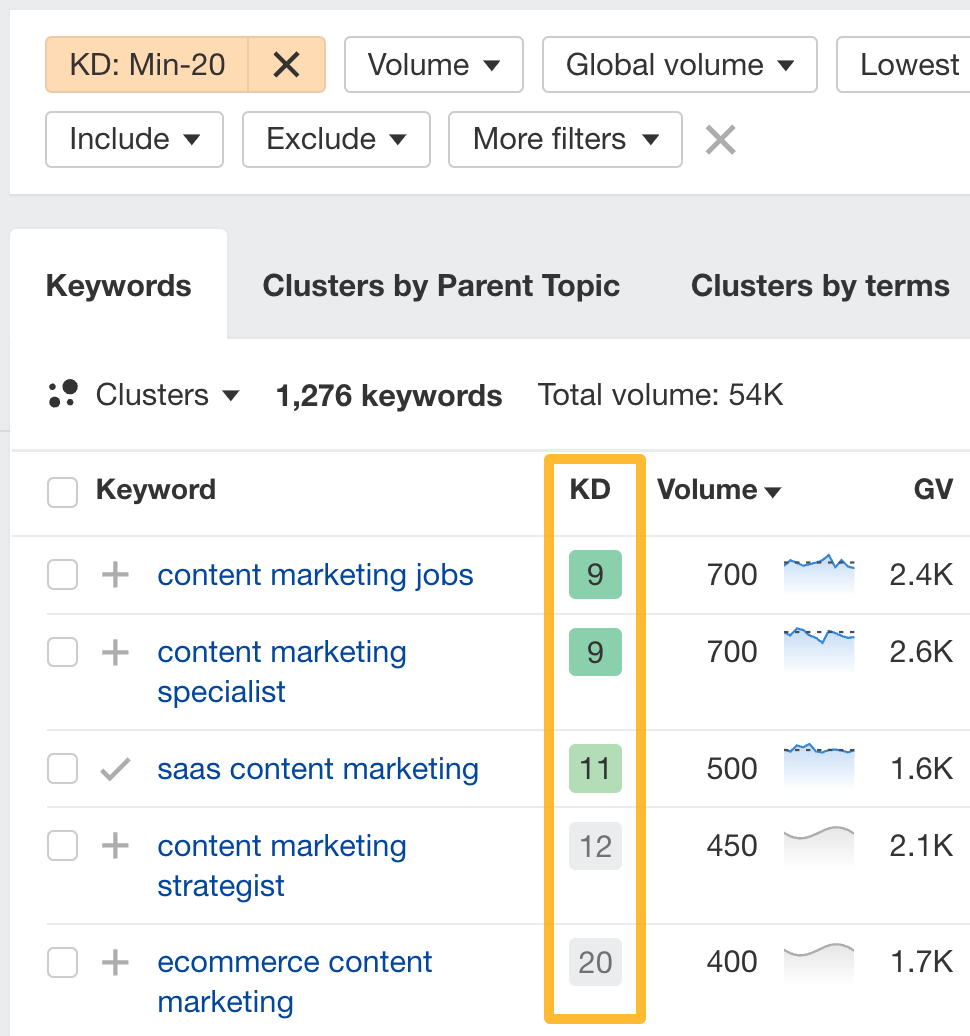How to Implement RAG in Marketing: Practical Applications for 2025

Retrieval-Augmented Generation (RAG) combines the power of information retrieval and generative AI to create transformative solutions across industries. In marketing,
RAG holds immense potential to enhance personalization, optimize content, and revolutionize customer support. Below is a detailed guide on how you can implement RAG effectively in these three key areas:
- Personalized marketing campaigns
- Content optimization
- Enhanced customer support

Personalized Marketing Campaigns
How It Works:
RAG can retrieve relevant customer data—purchase history, browsing behaviour, and demographic insights—and leverage AI to craft personalized marketing messages.
This approach ensures that customers receive highly targeted communications, increasing the likelihood of engagement and conversion.
Step-by-step guide to implement it:
- Integrate Data Sources: gather customer data from your CRM, email marketing platform, and e-commerce tracking tools. You can easily pull all the data you want to use by Make.com, Zapier and similar.
- Leverage RAG for Message Crafting: use AI tools like OpenAI GPT-4 combined with retrieval systems (e.g., Vector Search on Pinecone, Elasticsearch) to generate personalized messages dynamically.
For example:- Retrieve a customer’s recent purchase history.
- Generate tailored product recommendations or discount offers based on past behavior.
- Generate most important clusters for my business and label them.
- Execute Campaigns: deploy these personalized messages via email marketing tools such as Mailchimp or Omnisend, ensuring automation workflows are set up to send the right message to the right person at the right time.
- Measure Impact: track metrics like open rates, click-through rates (CTR), and conversion rates. Adjust and refine your RAG-powered campaigns based on performance data.

Real-World Example:
An online retailer retrieves customers' recent purchase data and uses RAG to generate personalized emails with recommended complementary products. This strategy boosts cross-sell revenue while enhancing customer satisfaction.
Tools to Consider:
- GPT-4 with Pinecone (retrieval + generation engine)
- Omnisend (email automation)
- Make (data integration)

Content Optimization
How It Works:
RAG can keep your content relevant and authoritative by continuously retrieving the latest information and updating existing assets, such as blog posts, whitepapers, or product descriptions.
This ensures your content remains fresh, engaging, and aligned with market trends.
Step-by-step guide to implement it:
- Audit Existing Content: identify pages or assets that need updates using tools like SEMRush or Ahrefs. Prioritize content that accounts for high traffic or conversion value.
- Set Up a Retrieval System: use APIs (e.g., Google News or Bing API) to retrieve the latest news, statistics, or industry insights. Combine this with AI platforms like LangChain to automate the process.
- Generate Updates: employ AI tools to rewrite portions of content using the retrieved, up-to-date information. For example:
- Retrieve recent data on climate change impact and update a sustainability blog post.
- Incorporate new product features into an existing product description.
- Ensure Accuracy: use human editors or content validation tools to ensure the AI-generated updates remain factually correct and aligned with your brand’s tone and style.
- Republish & Distribute: update the content on your website and promote it through channels like email newsletters, social media, and paid promotions.

Real-World Example:
A SaaS company uses RAG to update its flagship blog post on "Top Marketing Tools for 2023" with insights and tools relevant to 2025, thereby maintaining its SEO ranking and relevance.
Tools to Consider:
- LangChain for automation
- Surfer SEO for optimizing updated content
- Grammarly Business for language refinement

Enhanced Customer Support
How It Works:
RAG improves customer support by retrieving accurate, contextually relevant answers to customer queries and using generative AI to craft personalized responses. This results in faster resolution times and increased customer satisfaction.
Step-by-step guide to implement it:
- Integrate Support Channels: centralize customer queries from chat, email, and social media using tools like Zendesk or Intercom.
- Create a Knowledge Base: build a comprehensive database of FAQs, product manuals, and troubleshooting guides. Use RAG to retrieve the most relevant information from this database for each query.
- Deploy AI-Powered Assistance: use generative AI tools such as ChatGPT or Google Dialogflow to craft responses based on the retrieved information. Ensure responses are tailored to the customer’s context and query history.
- Enable Seamless Hand-Offs: if a query requires human intervention, set up workflows that transfer the AI-generated response and customer history to a support agent. This reduces resolution time and ensures continuity.
- Continuously Improve: analyze support outcomes to refine the retrieval system and AI models. Use tools like Gong or Chorus.ai to analyze customer service interactions.
Tools to Consider:
- Intercom or Zendesk for query management
- OpenAI GPT-4 API for generating responses
- Chorus.ai for analyzing and optimizing customer interactions
Key Takeaways for Effective RAG Implementation
- Use Integrated Platforms: Centralized data and seamless system integrations are crucial for leveraging RAG effectively. Tools like Salesforce and Segment can streamline this.
- Focus on Data Quality: Ensure your retrieval sources are well-maintained and up-to-date to avoid generating irrelevant or inaccurate outputs.
- Monitor AI Outputs: RAG-powered solutions should always include a human oversight mechanism, especially for customer-facing operations.
Integrating RAG into your marketing processes enables enhanced personalization, ensures your content remains competitive, and provides outstanding customer support.
The secret is to begin with small experiments focused on one application at a time and gradually expand your initiatives with each successful outcome.
